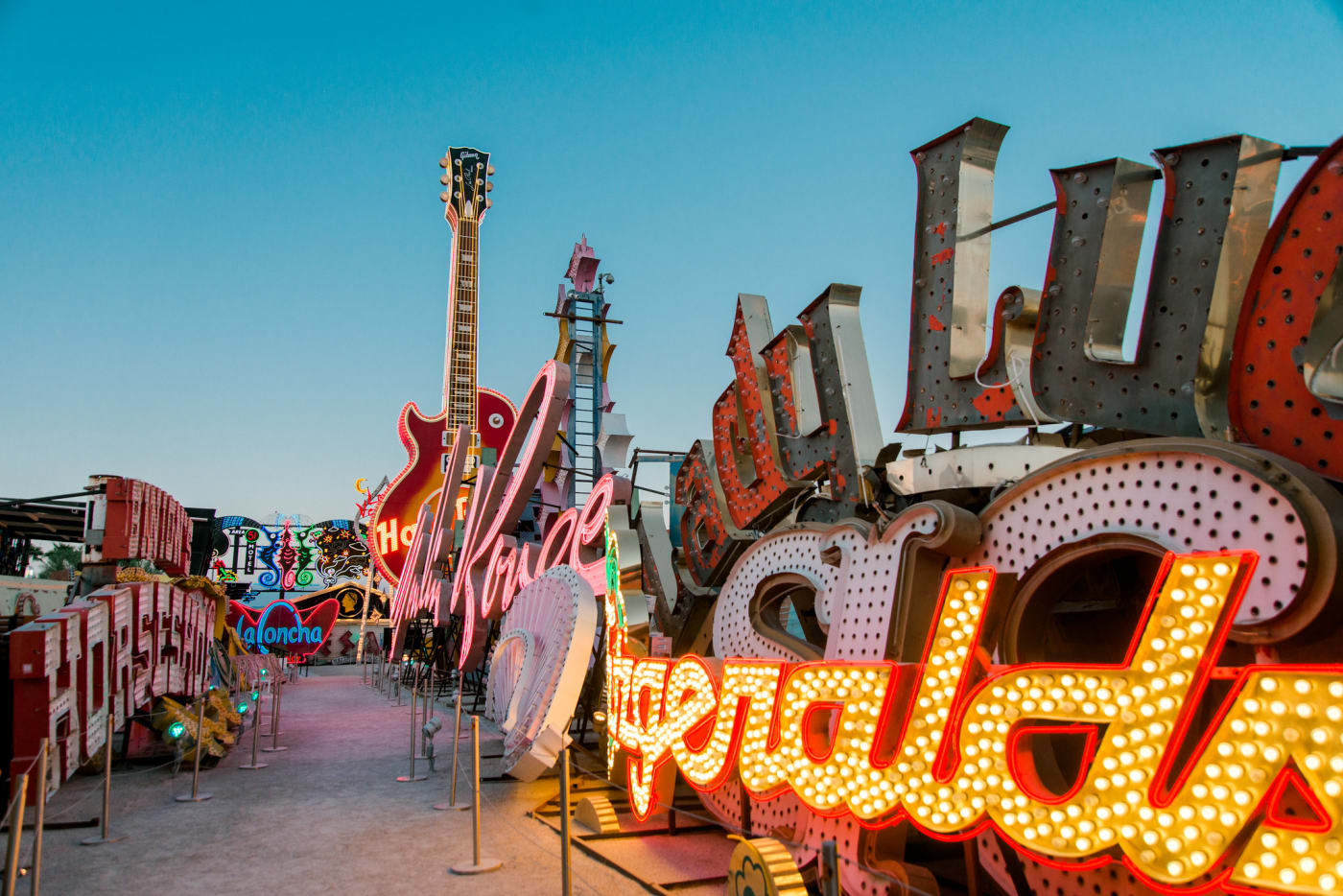M-O-T – La Concha Motel
In 1923, Paul Revere Williams broke a sociopolitical barrier by becoming the first African American member of the American Institute of Architects (AIA).
Opening his own practice, Paul Williams & Associates, in 1923 and later working for the Navy Department as an architect during World War II, Williams’ architectural prowess began to attract many Hollywood stars, such as Lucille Ball and Frank Sinatra, who sought his particular approach to opulent Hollywood Regency, a design style that emerged in California in the 1930s. Hollywood Regency was reflective of the Golden Age of Hollywood cinema, inspired by the glitz and glamour of the silver screen. His work in this style was prolific and highly lauded, earning him the title of “Architect of the Stars.” Despite his growing reputation and recognition, Williams had to navigate the persistent racial prejudice of the United States. He mastered the skill of drawing upside-down, for example, to sketch from across the table of any white clients that felt uneasy sitting next to an African American designer.
It was Williams’ work with the Navy that brought him to the Las Vegas area, where he designed Carver Park, segregated housing for Basic Magnesium Inc.’s nearly 3,000 African American workers. Williams’ “war work,” his socially minded design ideology, and his high-profile designs for celebrities perfectly prepared him for a Post-WWII America, which was fascinated with science and futuristic technology. In 1966, Lockheed and Guerdon Industries, two prominent technology companies, presented Las Vegas government officials with an innovative proposal for a new mode of car-less transportation in the city, known as the Skylift Magi-Cab. Williams was recruited as the project’s designer— his final project in Las Vegas—and his renderings illustrate Googie-influenced curved cabs and arches to suspend the monorail system, reminiscent of the flowing shapes of his La Concha Motel lobby design. The Skylift Magi-Cab was envisioned as an electronic transportation system composed of “noiseless, four-passenger gondolas” that would travel 25 mph, departing every 13 seconds from Las Vegas Airport before passing through 15 stations to the city’s downtown. Due to the project’s high budget and Americans’ affinity for personal automobiles, the Skylift Magi-Cab never materialized.
More about M-O-T – La Concha Motel
About Paul Revere Williams’ Career
About the Skylift Magi-Cab
If you would like to learn more about the M-O-T – La Concha Motel please email learning@neonmuseum.org for the extended research

